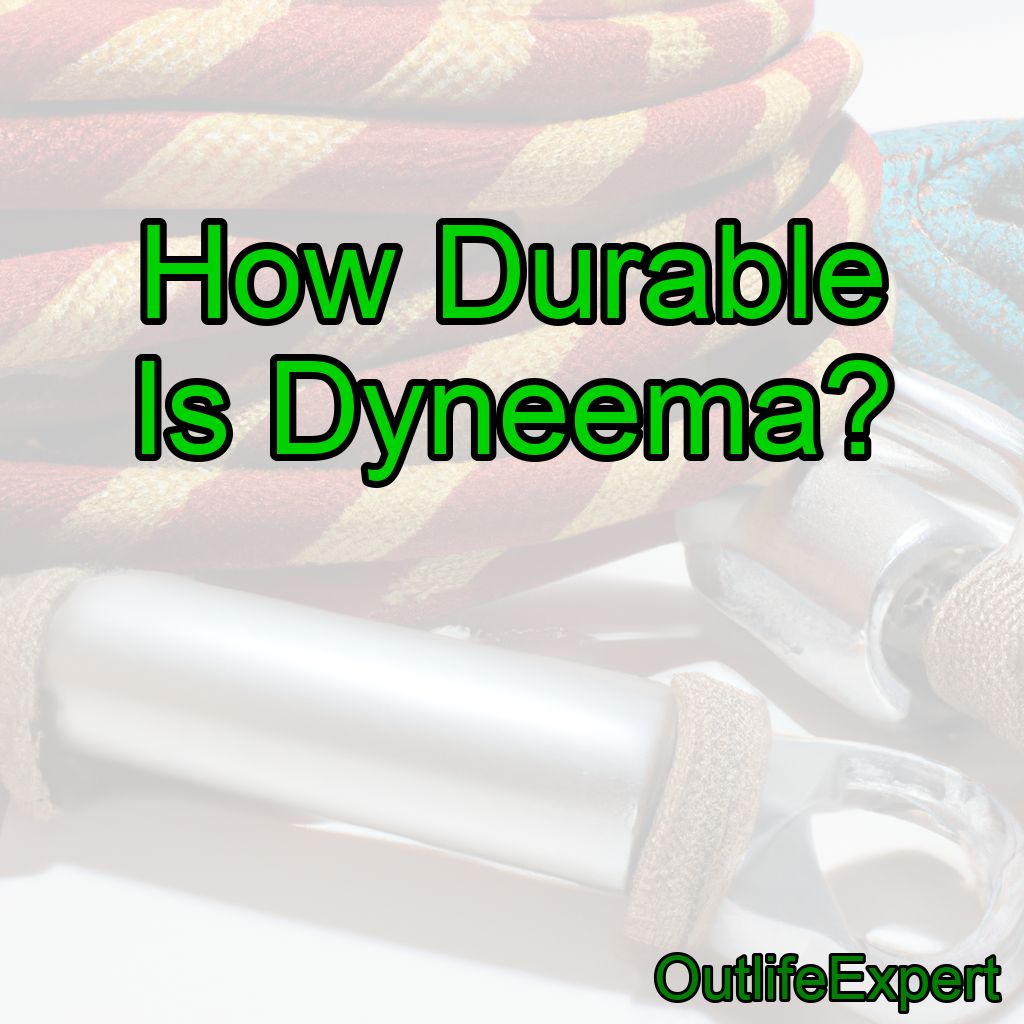How Durable is Dyneema?
Strength-to-Weight Ratio
Dyneema’s incredible durability is thanks in large part to its remarkable strength-to-weight ratio. It is up to 15 times stronger than steel and 40% stronger than aramid fibers like Kevlar on a weight-for-weight basis. This allows Dyneema to provide superior strength and protection without adding excessive weight or bulk, making it a popular choice for applications where both strength and lightness are critical.
Abrasion Resistance
Another key factor in Dyneema’s durability is its excellent abrasion resistance. Dyneema fibers are highly resistant to wear and tear, allowing them to maintain their strength and integrity even in harsh environments or under heavy use. This makes Dyneema an ideal choice for applications where durability is a paramount concern, such as in ropes, sails, and protective gear.
UV Resistance
Dyneema also boasts impressive resistance to ultraviolet (UV) radiation. While some materials can weaken or degrade under prolonged exposure to sunlight, Dyneema maintains its strength and performance even in bright, sunny conditions. This UV resistance further contributes to Dyneema’s overall durability and longevity.
How Does Dyneema Compare to Other Materials?
Dyneema vs. Steel
As mentioned earlier, Dyneema is up to 15 times stronger than steel on a weight-for-weight basis. This means that a rope, cable, or fabric made from Dyneema can provide the same strength as a steel counterpart while weighing significantly less. Additionally, unlike steel, Dyneema does not corrode or rust, making it a more durable option in corrosive environments.
Dyneema vs. Kevlar
Kevlar is another high-performance fiber known for its strength and durability. While Kevlar boasts impressive strength and abrasion resistance, Dyneema outperforms it in several key areas. Dyneema has a higher strength-to-weight ratio, better UV resistance, and is more resistant to chemicals and moisture than Kevlar. This makes Dyneema a more versatile and durable option in many applications.
Dyneema vs. Nylon
Nylon is a common synthetic fiber that is used in a wide range of applications. While nylon has some desirable properties, such as good abrasion resistance and flexibility, it falls short of Dyneema in terms of strength and durability. Dyneema is much stronger, has better resistance to UV radiation, and resists moisture better than nylon, making it the more durable choice.
Applications for Dyneema
Ropes, Cables, and Slings
Dyneema’s exceptional strength and durability make it a popular choice for heavy-duty ropes, cables, and slings. These products can be used in various industries, including maritime, construction, and heavy lifting, where their strength and longevity are crucial.
Protective Gear
Dyneema is also used in the production of protective gear, such as cut-resistant gloves, bulletproof vests, and helmets. Its high strength, light weight, and excellent abrasion resistance make it an ideal material for protective applications where durability and flexibility are essential.
Sails and Outdoor Equipment
The combination of strength, light weight, and UV resistance makes Dyneema a popular choice for sails, tents, and other outdoor equipment. Dyneema sails, for example, are known for their durability and performance, even in extreme conditions.
Conclusion: How Durable is Dyneema?
In conclusion, Dyneema is an exceptionally durable material that outperforms many alternatives in terms of strength, abrasion resistance, and UV resistance. Its impressive properties make it a top choice for numerous applications, from heavy-duty ropes and cables to protective gear and outdoor equipment. To sum up the durability of Dyneema, here are 10 key facts:
1.Dyneema is the world’s strongest fiber.
2. It has a strength-to-weight ratio that is up to 15 times greater than steel.
3. Dyneema is 40% stronger than aramid fibers like Kevlar on a weight-for-weight basis.
4. It has outstanding abrasion resistance, making it highly durable in harsh environments.
5. Dyneema is highly resistant to UV radiation, maintaining its strength and performance in sunlight.
6. It outperforms steel in terms of strength, weight, and corrosion resistance.
7. Dyneema is more versatile and durable than Kevlar in many applications.
8. It boasts superior strength and durability compared to nylon.
9. Dyneema is used in a wide range of applications, from ropes and cables to protective gear and outdoor equipment.
10. Its exceptional durability makes Dyneema a top choice for industries and applications where strength, longevity, and performance are critical.





